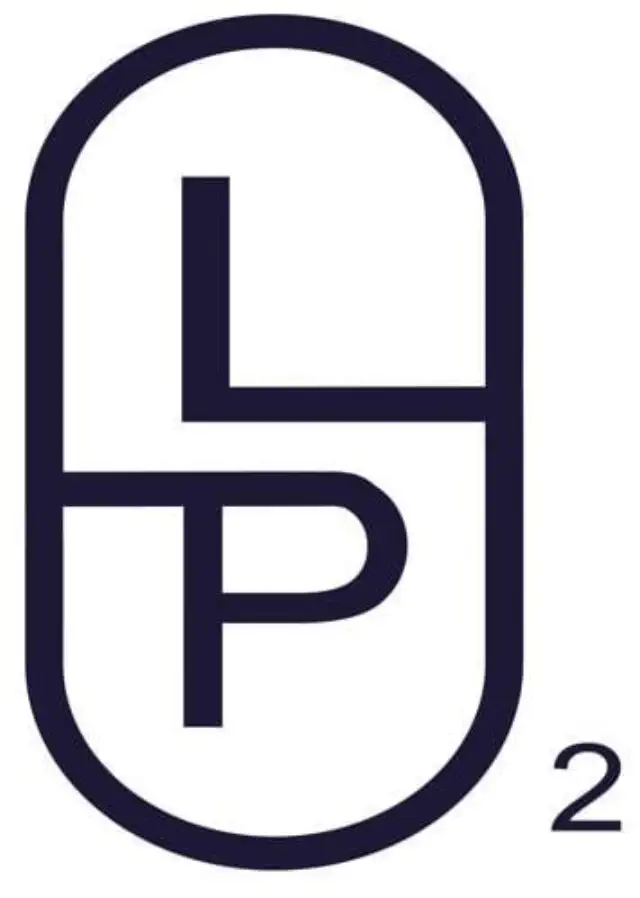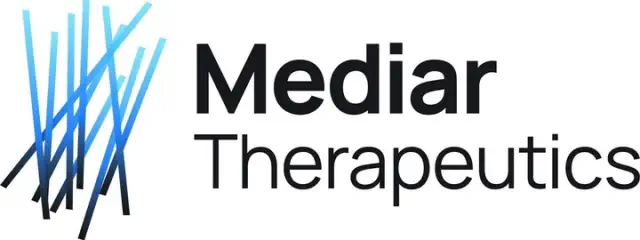CEO Larry Sutton, MD, PhD, elaborates on SIDIPREV, an innovative oxygen-based treatment designed to prevent C. difficile infections.
LPOXY Therapeutics, Inc has acquired assets from Xeno Biosciences Inc. to advance its therapy SIDIPREV for preventing Clostridioides difficile (C difficile) infections in hospitalized patients. The acquisition includes regulatory filings, FDA correspondence, CMC data, intellectual property, and data from Phase I and Ib clinical trials showing the safety of the active pharmaceutical ingredient. This deal allows LPOXY to begin a Phase II study of SIDIPREV under the FDA’s Limited Population Pathway for Antibacterial and Antifungal Development (LPAD).
Dr. Larry Sutton, a physician scientist and the CEO of Lopoxy Therapeutics, is at the forefront of tackling this escalating health challenge. During our conversation with Sutton, he discusses the research underpinning their groundbreaking treatment, SIDIPREV, and its potential to revolutionize the approach to managing this challenging and frequently recurring infection.
Larry Sutton begins by explaining that Lopoxy's mission is not simply to treat C difficile, but to prevent it from ever happening. “There have been some people that have tried this,” he says. “Sanofi and Pfizer both tried to prevent C difficile by making vaccines, but they didn’t work in phase three. Most of the other people are just kind of resigned to the fact that you have to get it and then try to treat it. But the problem is, it’s highly recurrent, and it’s difficult to treat.”
Lopoxy is convinced that the key lies in taking action prior to the onset of infection. “Our belief is that by utilizing our technology to increase the oxygen levels in the gut—creating an inhospitable environment for these anaerobic pathogens—we can stop them from emerging altogether,” Sutton explained.
SIDIPREV is a metered-dose oxygen delivery system specifically designed to be co-administered with antibiotics, which is the number one risk factor for developing C difficile infections. “You take these at the same time, and that increased concentration of oxygen, which is toxic to C difficile, will prevent it from causing an infection,” Sutton said.
“People of all ages who are on antibiotics can contract this infection since it stems from a spore-forming organism. We inhale and ingest spores from fungi, pollen, and various other substances daily. However, older individuals are at a higher risk, not solely due to age being a separate risk factor, but because as we age, our health tends to decline, making us more susceptible,” Sutton explained.
He continued, “So the most urgent need is in hospitalized elderly patients, and that’s what we’re targeting first. There’s no other therapy to prevent these infections in this group.” Their initial clinical trials will focus on elderly patients hospitalized with pneumonia—an infection that increases the likelihood of contracting a secondary C difficile infection, especially when combined with antibiotic use.
Although, Sutton also points out that the risk extends beyond the hospital. “There are antibiotics out in the community that cause this too,” he says. “For example, like clindamycin, there’s 16% of people on clindamycin who will get C difficile infections. It’s a very high risk, and it’s a great antibiotic—it’s on the WHO’s essential medicines list—but physicians are a little reluctant to prescribe it because of the risk for C difficile.”
A crucial phase in the market launch of SIDIPREV is maneuvering through the regulatory landscape. Sutton emphasizes the significance of the FDA’s Limited Population Pathway for Antibacterial and Antifungal Drugs (LPAD) as a key approach to ensuring that this groundbreaking treatment reaches the patients who require it the most. “LPAD is designed for scenarios like this, where there exists a high-risk population with no alternative treatment options,” Sutton explained. “It provides a mechanism to conduct a pivotal clinical trial and obtain a restricted label specifically for these high-risk individuals.”
Should Sutton's team achieve success in their clinical trials, they would obtain approval for SIDIPREV, but exclusively for the targeted demographic it aims to safeguard. “For instance, if we succeed with elderly patients suffering from community-acquired pneumonia who are being treated with fluoroquinolones or ceftriaxone, we wouldn’t receive a broad label for general use. It would only be applicable to that specific group, as they are considered high-risk,” Sutton clarified. “However, this would at least allow us to introduce it and start offering protection to those in need.”
Although the initial approval may be restricted, Sutton views this as a significant advancement. “This doesn’t hinder our ability to continue developing it via the conventional Phase III trials,” he mentioned. “We will pursue that for wider applications. However, the LPAD pathway allows us to bring a product to market swiftly to ensure the safety of individuals.”
Keep an eye out for the upcoming part 2 of our interview!










